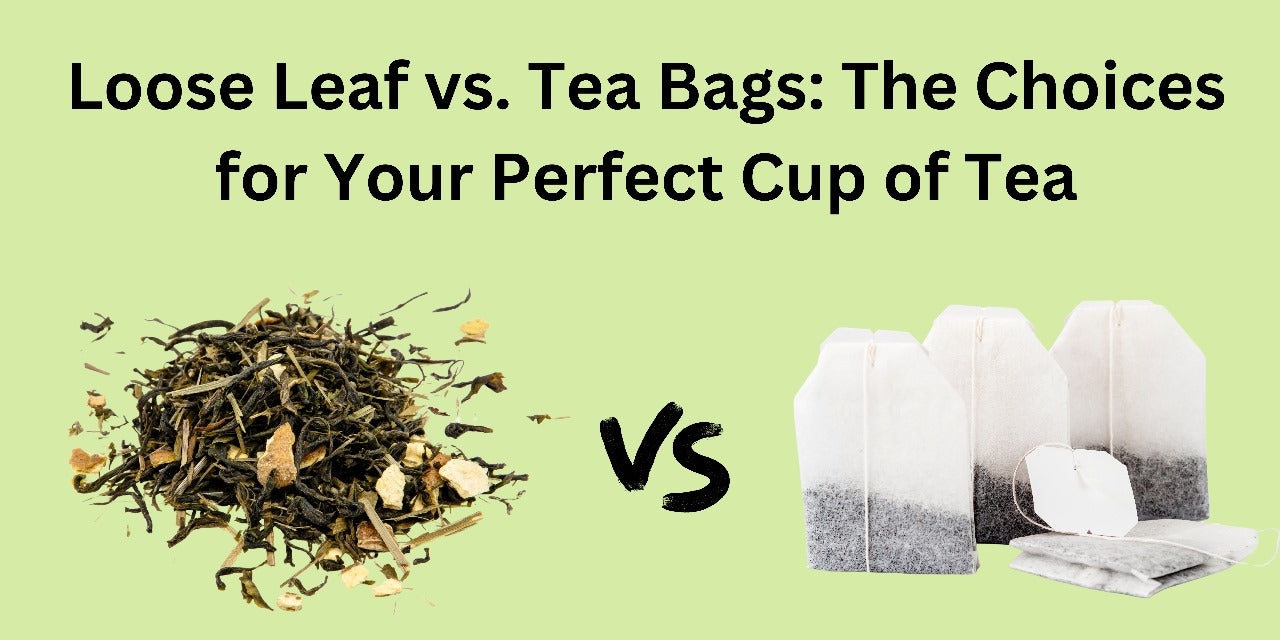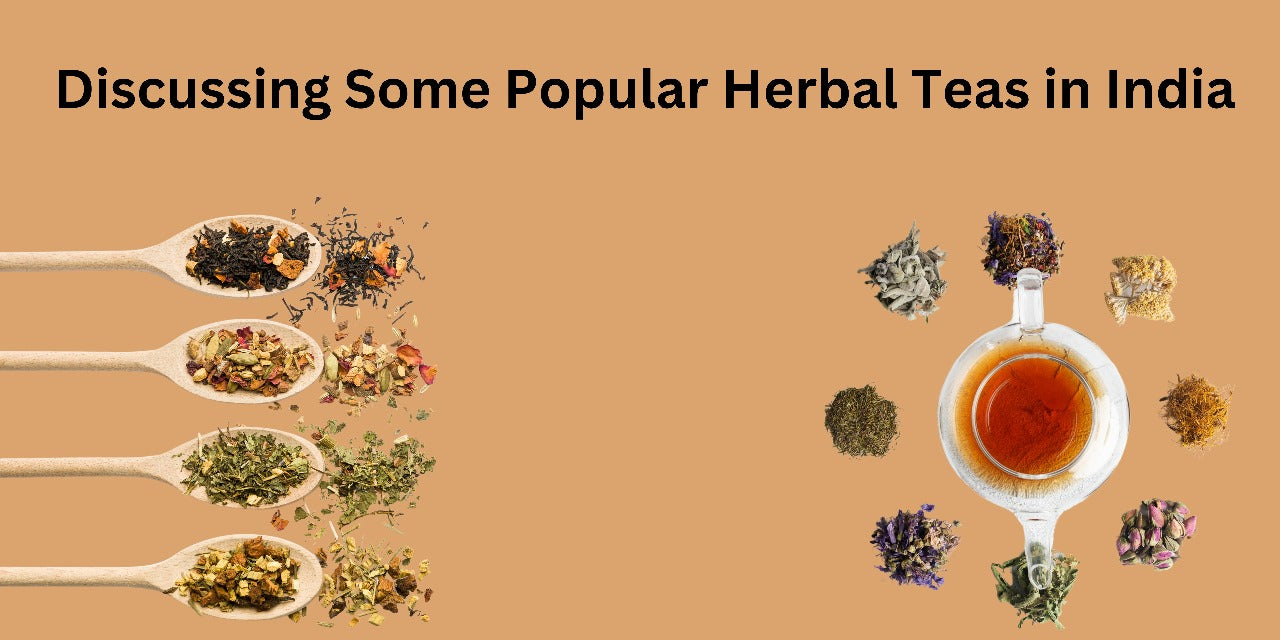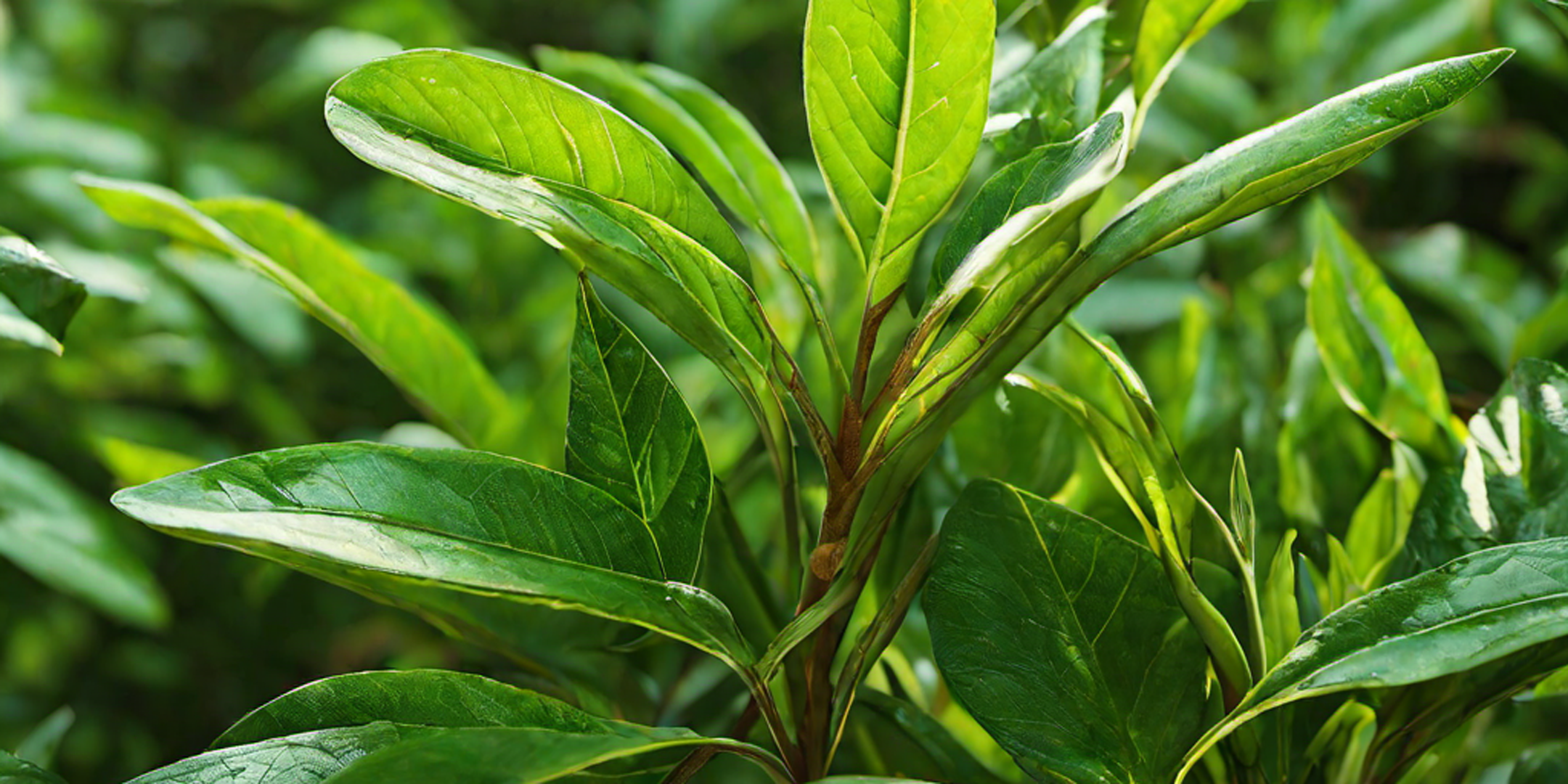1. Introduction
Tea stands as one of the world's most beloved beverages, relished by millions each day. And when it comes to making tea, there is often debate about whether to use loose tea leaves or tea bags. While the choice may seem insignificant, it can have an impact on the flavor, quality, and convenience of your tea. In this article, we will explore the pros and cons of using tea bags, as well as provide some tips for getting the most out of your tea experience. So, whether you are a tea connoisseur or just enjoy a cuppa now and then, read on to learn all you need to know about tea bags and whether you should use them or not.
2. The history and evolution of tea bags
Tea bags have become a popular choice for many tea drinkers around the world. To understand their current usage, it's important to delve into the history and evolution of tea bags.
The concept of tea bags dates back to the early 20th century when Thomas Sullivan, a New York tea merchant, inadvertently created them. Initially, he intended to send loose tea leaves to his customers in small silk bags. However, his customers mistakenly assumed that the bags were meant to be steeped directly in hot water.
Realizing the potential of this accidental invention, Sullivan began producing purpose-made tea bags. Over the years, the design and materials used for tea bags have significantly evolved. From silk and gauze to paper and nylon, tea bags have adapted to meet the demands of convenience and practicality.
While tea bags have undoubtedly made brewing tea more accessible, critics argue that the use of lower quality tea leaves in bags can affect the overall flavor and nuance of the tea. In recent years, however, there has been a resurgence of high-quality tea bags made from whole tea leaves or biodegradable materials, offering a compromise between convenience and flavor.
In the next section, we will explore the pros and cons of using tea bags, addressing the concerns of flavor, quality, and environmental impact. Stay tuned to make an informed decision on whether tea bags are the right choice for you.
3. The pros and cons of using tea bags
Tea bags offer several advantages when it comes to convenience and simplicity. First and foremost, they save time. The pre-packaged tea leaves in tea bags eliminate the need for measuring and straining, making the brewing process quick and hassle-free. Additionally, tea bags are portable and can be easily taken on the go, allowing tea enthusiasts to enjoy their favorite beverage anytime, anywhere.
However, it's important to consider the potential drawbacks of using tea bags as well. One of the main concerns is the quality of the tea leaves. As mentioned earlier, lower-quality tea leaves are often used in commercial tea bags, which can potentially affect the flavor and aroma of the brewed tea. If you are a tea connoisseur who appreciates the subtle nuances and complexities of tea, you may find that loose-leaf tea provides a more satisfying drinking experience.
Another point to consider is the environmental impact of tea bags. While some manufacturers have made efforts to produce biodegradable or compostable tea bags, many tea bags still contain plastic or other non-biodegradable materials that contribute to waste and pollution.
In the following section, we will dive deeper into these pros and cons, providing you with valuable information to help you make an informed decision about whether to use tea bags or not.
4. Factors to consider when deciding whether to use tea bags or loose-leaf tea
Now that we've discussed the advantages and potential drawbacks of using tea bags, let's delve deeper into the key factors you should consider when deciding between tea bags and loose-leaf tea.
- Taste and quality: As mentioned earlier, the quality of the tea leaves used in tea bags may be lower compared to loose-leaf tea. If you value a rich, nuanced flavor and aroma, loose-leaf tea might be the better option for you. However, if you prefer a quick and convenient cup of tea without compromising too much on taste, tea bags can still provide a satisfactory experience.
- Environmental impact: If sustainability is important to you, it's essential to consider the environmental impact of tea bags. Look for brands that use biodegradable or compostable materials, or consider switching to loose-leaf tea, which generally has a lower carbon footprint.
- Cost: Tea bags are often more affordable than loose-leaf tea, especially when you factor in the brewing accessories needed for loose-leaf tea. If budget is a concern, tea bags can be a cost-effective choice.
- Variety and availability: Tea bags typically offer a wider range of flavors and blends, making it easier to experiment and find your preferred taste. Additionally, tea bags are widely available in supermarkets and convenience stores, while loose-leaf tea may require a trip to specialty tea shops or online orders.
By considering these factors and finding the right balance for your needs, you can make a well-informed decision on whether to use tea bags or opt for loose-leaf tea. In the next section, we will provide some tips on properly brewing tea bags and extracting the best flavor. Stay tuned!
5. How to properly use tea bags for optimal flavor
To fully enjoy the flavor potential of your tea bags, it is essential to use them properly. Here are some tips on how to brew tea bags for the best taste experience:
- Choose the right water temperature: Different types of teas require specific water temperatures to extract their flavors properly. Refer to the packaging or do some research to determine the ideal temperature for your tea. Using boiling water for delicate teas can result in a bitter or burnt taste, while using water that's too cool may not fully extract the flavors.
- Steep for the right amount of time: Again, the steeping time will vary depending on the type of tea. Oversteeping can result in bitterness, while understeeping may leave you with a weak or bland cup. Follow the recommended steeping time on the packaging or experiment to find your preferred taste.
- Properly store your tea bags: To maintain freshness and prevent the tea bags from absorbing odors, store them in an airtight container away from light, heat, and moisture. Preserving the aroma and flavor of the tea is crucial for an enjoyable experience.
By following these guidelines, you can ensure that you extract the best possible flavor from your tea bags.
6. Alternative options to tea bags for tea enthusiasts
For tea enthusiasts who are looking to explore alternative options to tea bags, there are a few choices worth considering. One popular option is loose-leaf tea, which provides a more authentic and customizable tea-drinking experience.
Loose-leaf tea offers the opportunity to see and appreciate the whole tea leaves, which can result in a more vibrant and complex flavor profile. It also allows for more control over the strength of the brew, as you can adjust the amount of tea leaves used for each cup.
Another option to consider is tea infusers or tea strainers. These tools are designed to hold loose tea leaves while steeping, preventing any particles from ending up in your cup. They come in different shapes and sizes, allowing you to choose the one that suits your personal preference.
Lastly, there are tea sachets or tea filters, which are similar to tea bags but contain higher-quality loose leaf tea. These sachets often have larger tea leaves and more space for the leaves to infuse, resulting in a fuller and more flavorful cup of tea.
Ultimately, the choice between tea bags and these alternative options depends on your personal preference and taste. Experimenting with different methods can be a fun and rewarding way to discover your favorite brewing style.
7. Conclusion
In conclusion, when it comes to the choice between tea bags and alternative options like loose-leaf tea, tea infusers, or tea sachets, it ultimately comes down to personal preference and taste. While tea bags offer convenience and simplicity, alternative options provide a more authentic and customizable tea-drinking experience.
If you enjoy the ritual of preparing tea and want to explore a variety of flavors, loose-leaf tea is a great option. It allows you to appreciate the whole tea leaves and adjust the strength of the brew to your liking. Tea infusers or tea strainers are practical tools that prevent any stray particles from ending up in your cup.
On the other hand, tea sachets or filters made with higher-quality loose-leaf tea can provide a fuller and more flavorful cup of tea than regular tea bags.




